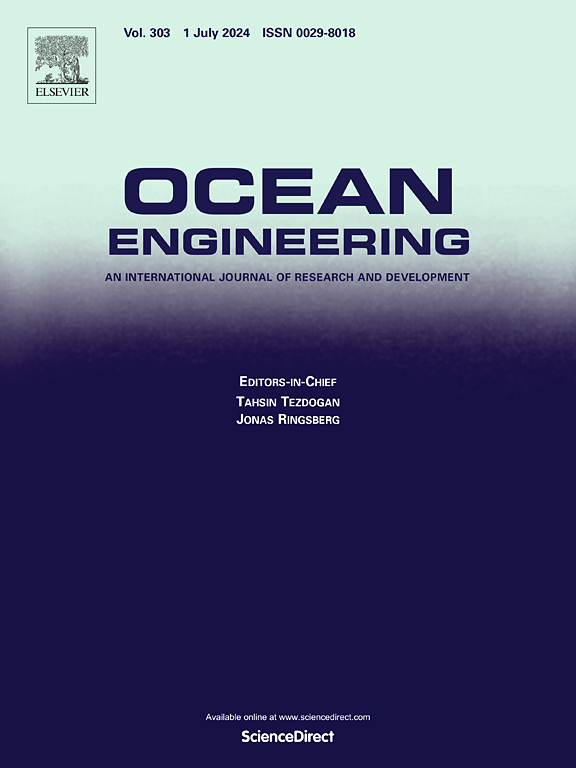A real-time crack detection approach for underwater concrete structures using sonar and deep learning
IF 4.6
2区 工程技术
Q1 ENGINEERING, CIVIL
引用次数: 0
Abstract
This paper introduces a real-time crack detection approach for underwater concrete structures using sonar and deep learning to overcome limitations in low-light or turbid environments where optical imaging struggles. Specifically, a crack detection model based on the YOLOv5s architecture was developed for sonar images, incorporating attention mechanisms and the SIoU loss function to improve detection accuracy. Given the scarcity of acoustic crack image data, a two-stage transfer learning approach was implemented, leveraging both source domain data (publicly available optical crack images) and target domain data acquired from on-site acoustic detection experiments. Ablation studies and comparisons with other advanced models indicate that the proposed model achieves robust detection accuracy ([email protected] = 0.768) with an inference speed of 134 FPS, making it suitable for real-time applications. Additionally, a pixel-based analysis method was used to estimate overall crack dimensions, providing valuable insights into crack characteristics and their potential structural impact.
求助全文
约1分钟内获得全文
求助全文
来源期刊

Ocean Engineering
工程技术-工程:大洋
CiteScore
7.30
自引率
34.00%
发文量
2379
审稿时长
8.1 months
期刊介绍:
Ocean Engineering provides a medium for the publication of original research and development work in the field of ocean engineering. Ocean Engineering seeks papers in the following topics.
 求助内容:
求助内容: 应助结果提醒方式:
应助结果提醒方式:


